In 1921, the first catalogue of Chinese furniture was published in France. The title of the book was "Chinese Furniture", which was published in the following year. The book contains 59 pieces of furniture, almost all of which are lacquered furniture, especially the court-style lacquered furniture. So far, most of these furniture have disappeared, and it is fascinating. In 2013, the Forbidden City Publishing House re-edited the book and renamed it “An example of French old Chinese furniture.†The author participated in the publication of the book, and every time he checked it, he was amazed. We tried our best to maintain the style of the original book in terms of text, pictures and design. It did not include the interpretation text, which was a last resort regret. I am taking a look at "Classical Craft Furniture", choosing some of the wonderful furniture in the book, expounding some of the understandings, but also throwing bricks, but the probationers have patiently advised, have a deeper understanding, and can learn more about these furniture. The status quo message. The text is cumbersome, since the beginning of this period, several consecutive publications, please inform the reader.

Figure 1-1 Black lacquer 钿 钿 图 Figure 1-1 Black lacquer 钿 钿 槎
(1) Black lacquer 钿 钿 槎 ( (Figure 1-1)
Qing Emperor Kangxi, 205.7 cm high, 119.7 cm wide, 57.5 cm deep
This cabinet is more than 1 meter wide and has a large volume. The cabinet is made of square material, with the outer expansion cabinet top, the hard extrusion door, the upper end of the wooden shaft on the door is included in the top of the cabinet, the lower end is included with the cross armpit of the armpit, the boring bin under the cabinet door, and the enamel plate is further accepted. The rounded cabinet is a knot, but it is a variant of the rounded cabinet. The cabinet is extremely luxurious, with black lacquer and inlaid thin snails. The top of the cabinet, legs, legs and slabs are decorated with plum, bamboo, laurel, chrysanthemum and other colored flowers. The door frame of the cabinet is flatly set with the door center, and the lacquer is formed into a flat picture. The two cabinet doors are combined into a pair of landscape paintings, which is the common "multiplication map" since the Yuan and Ming Dynasties (Figure 1-2), reflecting The legendary ancients plunged into the Tianhe thing: the distant clouds and mists, the ancient wood clusters have a fairy palace, the beautiful mountains and stones, the cranes are introduced, the stone piers are placed on the platform, the fairies are sitting or standing, and there are maids holding umbrellas on both sides. On the platform, there are ladies and women holding treasures to make contributions.
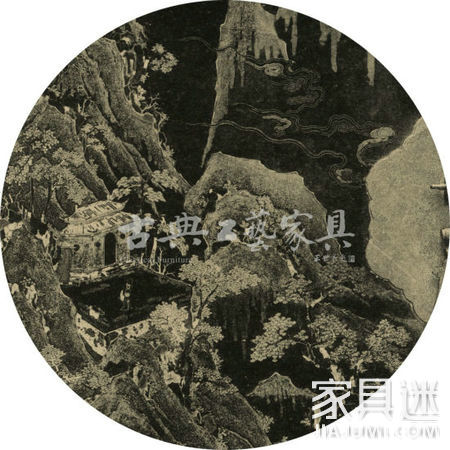
Figure 1-2 Black lacquer 钿 钿 槎 柜 (partial) Figure 1-2 Black lacquer 钿 钿 槎 柜 (partial)
In the clouds, the river water pours down, the water is rampant, from far to near, from the mountains, there is a long-term old man, drifting by dryness (Figure 1-3), next to the platform at the mountainside is high, there is a squatter Attracted, owed to watch, behind the ancient temples and half of the mountains. The river near the picture tends to be gentle, and the bank of Yangliuyiyi, the two old men point to point, is talking about the old man who is going down the river.
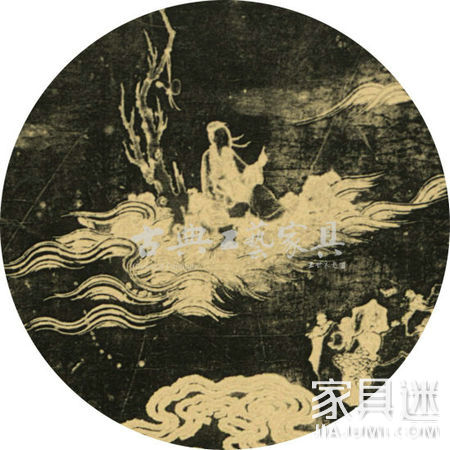
Figure 1-3 The old man who floats by raft (part of the door) Figure 1-3 The old man who floats by raft (part of the door)
There is a poem on the left side of the picture: "There is no end, the Lonely Check (槎) is against the upper stream. The Tao turns over a thousand feet of snow, and the wave hides Wanlizhou. It has been a neighboring Tianzhu, and it is better to force the jade building. "é’¤æœ±æ–‡å° "Lu Zhai". The calligraphy is flying and the style is near Dong Qichang. "Lu Zhai", or Kangxi Shiren Shunbin (word Lu Zhai), used to be the Henan County Order (for the research on Slip Bin and this cabinet, there is another special article, no longer elaborate).
The Kangxi period was an important period for the manufacture of lacquer furniture. At this time, the court furniture or official furniture was structured in a simple style, but the decoration tends to be gorgeous. Most of the decorative components such as folded flowers and tangled flowers are used. Such as cabinet doors, screen hearts and other places are decorated with beautiful flowers and birds or landscapes, this style continues to the early Qianlong. This cabinet reflects the furniture style at that time. The snail craftsmanship is complicated. The trees, buildings and figures are inlaid. The rocks are made of snails. Although it is a monochrome plate, it is already amazing and the original is wonderful. People are fascinated. Here is an example of a hand-painted black lacquered snail landscape picture box (Figure 1-4) for a glimpse of this snail process.
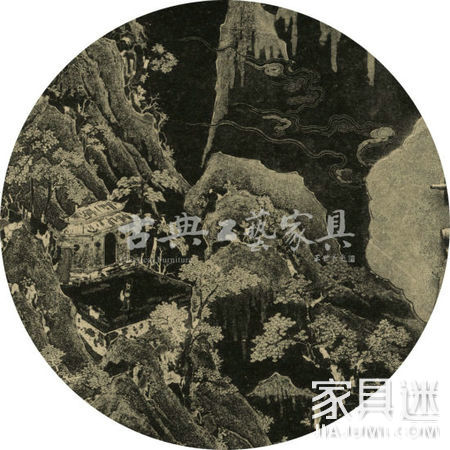
Figure 1-4 Black lacquered snail landscape picture box (top)
This cabinet is neither like tribute items nor ordinary foreign trade furniture. Why is it that there are more reasons to go abroad, but unfortunately I don’t know where I am now.
Traditionally, the thin snails have been found in the cabinets. No matter the objects or the images, there are few beautiful models that can be used in this cabinet. The high-profile people, let alone the high research value.
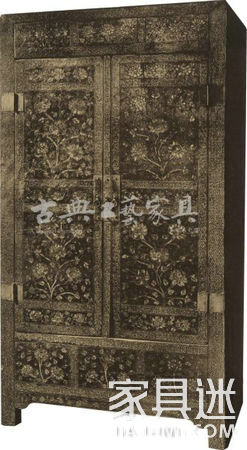
Figure 2-1 Wood inlaid snail flower pattern square corner cabinet Figure 2-1 Wood inlaid snail flower pattern square corner cabinet
(2) Wood-embroidered snail-and-flower-cornered square corner cabinet (Fig. 2-1)
Late Ming Dynasty, 193.7 cm high, 99.7 cm wide, 61.6 cm deep
As far as I know, there are at least four cases of such a square corner cabinet. In addition to this, Mr. Wang Shizhen’s "Decoration of Ming-style Furniture" has one of them selected as an example of a snail, which is marked with a snail of huanghuali wood. The edges are embedded with a single copper wire. The other two are a pair, now the collection of the French lacquer furniture collector Laurent Colson (Fig. 2-2), the surface of the cabinet is thin and black lacquered, the wood is inconsequential, and the inlaying method is exactly the same as that described by Mr. Wang Shizhen. It is a relatively rare practice to know that the cabinet door is made up of several boards and connected by silver ingots. Mr. Luo Han had conducted a carbon-14 test on the cabinet and confirmed it as a late Ming Dynasty product.
Further reading: How to appreciate the copper work on mahogany furniture
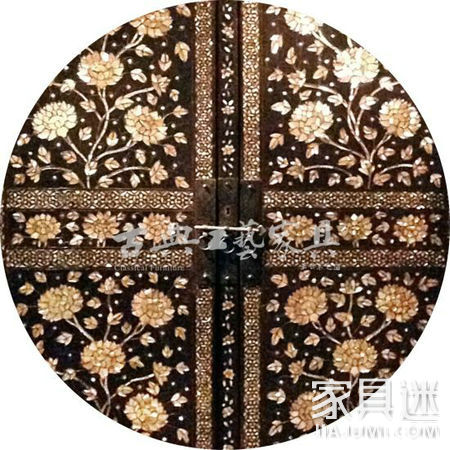
Figure 2-2 The corner cabinet of Laurent Colson (partial) Figure 2-2 The corner cabinet of Laurent Colson (partial)
There is still a certain space between the cabinet door and the top of the cabinet. It is filled with a rectangular structure. It is divided into three sections with horizontal and vertical sills. It is flat and 绦 ring plate. Some scholars have used this component as the "cross", but the position Looking at the shape, it is closer to the "crossing" of the ancient building, and the name is more precise. It is occasionally seen in the handed down furniture, speculating that it or a node in the evolution of the cabinet, the root of which should be the imitation of ancient architecture. There are earlier cabinet images in the Song painting, such as the current National Palace Museum in Taipei. Liu Songnian's "School of the Five Scholars" painted a bookcase (Figure 2-3). The cabinet was opened slightly and surrounded by a plain ring plate. The two sides of the ring plate later evolved into a slab, and the lower sill plate evolved into The boring warehouse, the upper end of the ring plate evolved into a horizontal draped. It is not convenient to take the items horizontally and draped, so it is gradually abandoned. If it is hardwood, it can make up for the shortage of materials used in the door, but there is no such problem in lacquer furniture. Another thing that makes a drawer in the horizontal is a change.
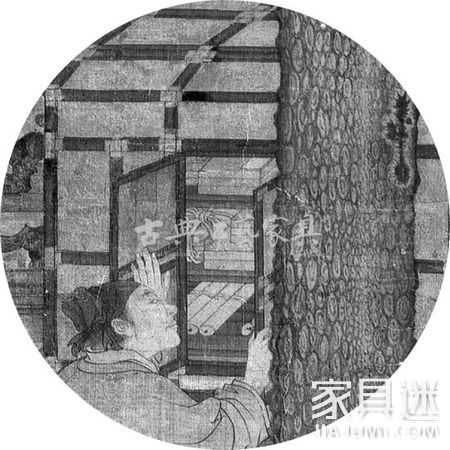
Figure 2-3 Liu Songnian, "School of the Five Scholars" (partial) Figure 2-3 Liu Songnian, "School of the Five Scholars" (partial)
The scorpion and the legs of the square corner cabinet are embellished with brocades, which are derived from the stencils of the ball road. The squatting warehouse is divided into three sections with a vertical sill. Six wipes on the door are also rare. The cabinet door, the ankle ring plate and the dental plate are embroidered with snails in the form of snails. The squid is born from the middle, the stalks, the branches are vigorous, the heads are rich, and the lotus-like flowers are different from the popular tangled lotus in the Qing Dynasty. This cabinet has a wide head and is different from the later slender. Although the cabinet is decorated with snails, the structure is simple, the style is simple, the pattern is slightly sloppy, and it has the characteristics of late Ming Dynasty furniture. The hinge is a bit simplistic. I don't know if it is the original. The ring handle on the leaf is a common practice in early Ming or early Qing furniture.
What strikes the eye and the touch most immediately and most powerfully with Yufa's products is our consistent high quality. And we also offer after-sales service to our customers. That's why we earn trust and support both domestic and overseas. The bibcocks are qualified and quality guaranteed, if contact us to get more information.
Hose Bibcock,Bathroom Faucet Spout,Washing Machine Water Tap,Short Spout Wall Mount Faucet
Kaiping Yufa Sanitary Ware Co.,ltd , https://www.yufabathroom.com